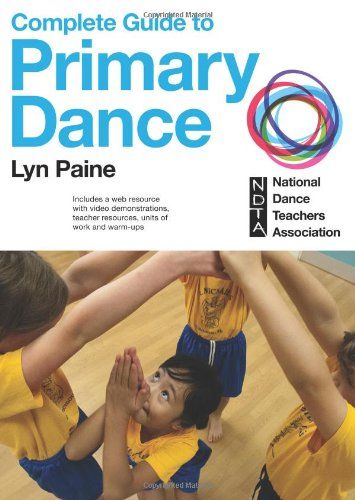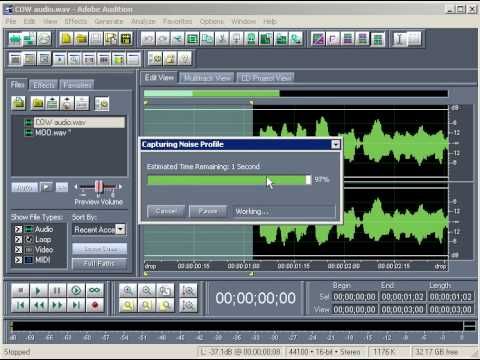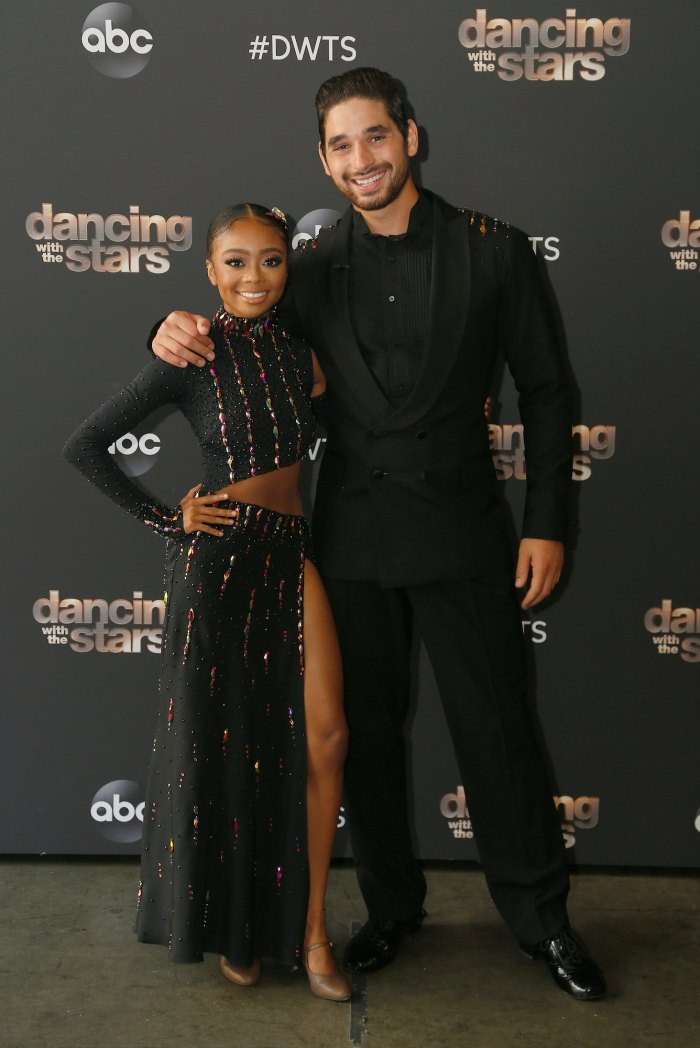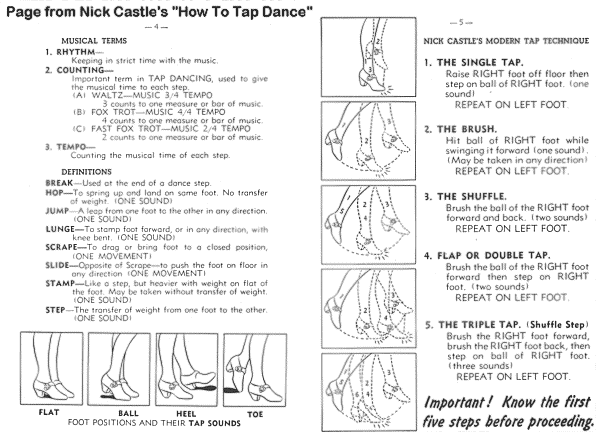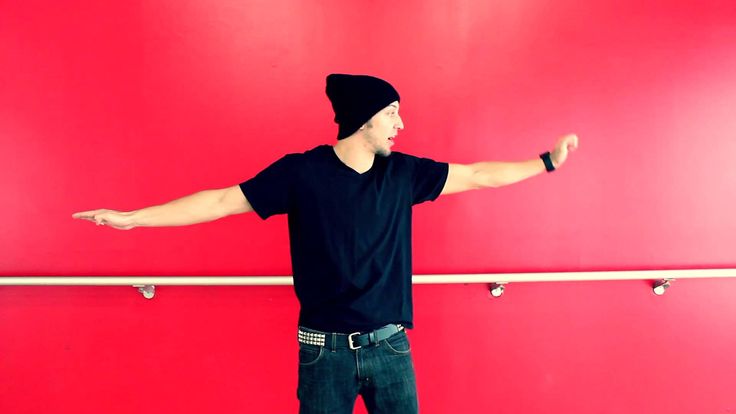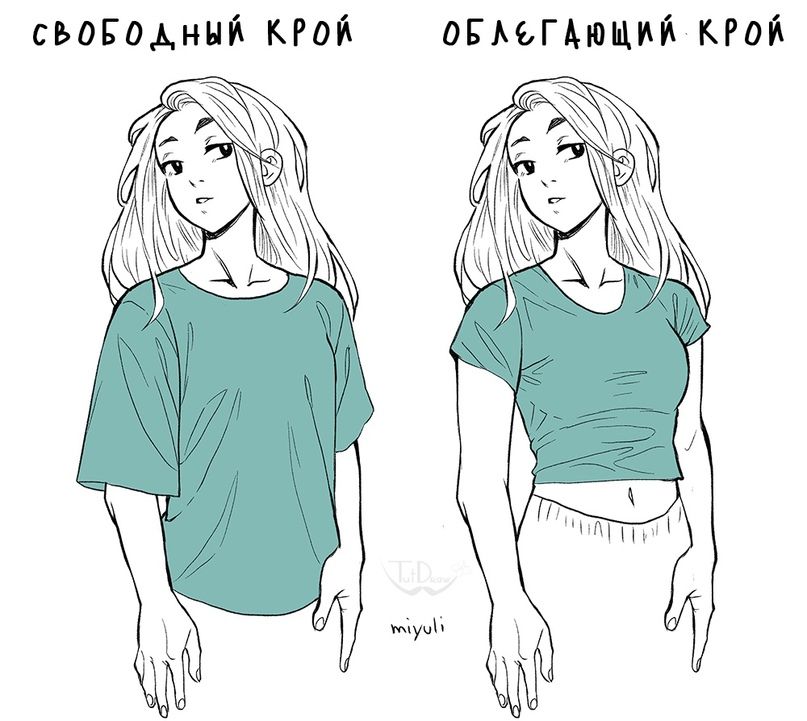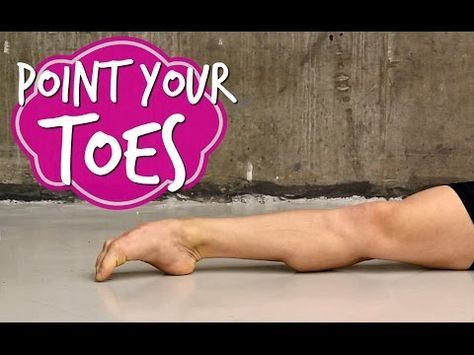How to dance jamaican reggae
DANCEHALL-lecture noted - Tabanka Dance Ensemble
Dancehall is named after Jamaican dance halls in which popular Jamaican recordings were played by local sound systems. These began in the late 1940s among people from the inner city of Kingston such as Trench Town, Rose Town and Denham Town—Jamaicans who were not able to participate in dances uptown. Yes this means that Dancehall is definetly pre-HipHop.
POLITICAL REASON FOR LYRIC CHANGE
Social and political changes in late-1970s Jamaica, including the change from the socialist government of Michael Manley (Peoples Nationalist Party) to Edward Seaga (Jamaican Labour Party), were reflected in the shift away from the more internationally oriented ROOTS REGGAE towards a style geared more towards local consumption, and in tune with the music that Jamaicans had experienced when sound systems performed live. Themes of social injustice, repatriation and the RASTAFARI MOVEMENT were overtaken by lyrics about dancing, violence and sexuality.
Toasting
Was the style of “talking” or rapping especially on the breaks of the songs, or in between the songs done by the DJ. The technique for “rap” or rhythmical talking used in Reggae and Dancehall is called toasting. Busta Rhymes is an example of a Rap artist that still very much uses this technique.
DJ or Toasters becoming the stars
Between 1970 and 1981 “Deejay” records became, for the first time, more important than records featuring singers. Another trend was sound clash albums, featuring rival deejays /or sound systems competing head-to-head for the appreciation of a live audience, with underground sound clash cassettes often documenting the violence that came with such rivalries.
Pioneers for the new artist; female and male raping superstars
Two of the biggest deejay stars of the early dancehall era, Yellowman and Eek-a-Mouse, chose humor rather than violence. Yellowman became the first Jamaican deejay to be signed to a major American record label, and for a time enjoyed a level of popularity in Jamaica to rival Bob Marley‘s peak. The early 1980s also saw the emergence of female deejays in dancehall music, including: Sister Charmaine, Lady G, Lady Junie, Junie Ranks, Lady Saw, Sister Nancy, Patra and Shelly Thunder.
Yellowman became the first Jamaican deejay to be signed to a major American record label, and for a time enjoyed a level of popularity in Jamaica to rival Bob Marley‘s peak. The early 1980s also saw the emergence of female deejays in dancehall music, including: Sister Charmaine, Lady G, Lady Junie, Junie Ranks, Lady Saw, Sister Nancy, Patra and Shelly Thunder.
Yellowman is still the blueprint for performance that the Dancehall stars use, and for how popular “party” rappers like Nelly emulate. Lady G, Sister Nancy Lady Saw, and Patra pawed the way for female rappers and rap stars. Patra being the first to appear internationally and opening the door with “wukaman”, “queen of the pack” and other international hits. “pull up to my bumper” and her style became the hottest trend. She introduced the butterfly and lots of moves internationally, as well as she became the blueprint for the female artist, feminine, independent, “tomboyish” yet sexy and in control of her own sexuality.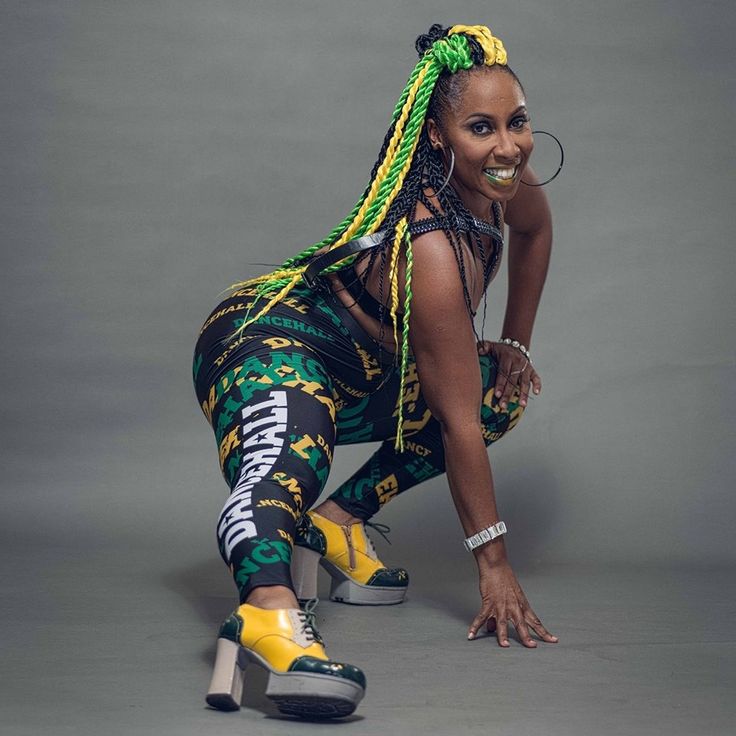 “What a man/Shoop” etc is very much in this spirit.
“What a man/Shoop” etc is very much in this spirit.
Trivia: Janet Jackson to many is the one who introduced the “box braid” style on hair and the jeans overall. This in itself was a tribute to and emulation of Patras signature style.
RIDDIMS
The digital recording or producing of rhythms was the next trend, that came with the digitalization of the genre. The first big hit was the “Sleng Teng” riddim.
The “Sleng Teng” rhythm was used in over 200 subsequent recordings. This deejay-led, largely synthesized chanting with musical accompaniment departed from traditional conceptions of Jamaican popular musical entertainment.
Dancehall is a popular dance genre springing out of English speaking Caribbean, and spearheaded from Jamaica. It is the mix and coming together of African retention dances of the region and Jamaica in particular, with popular culture, and youthful “innovation”. Dancehall has in the later years been used to package and sell Jamaican and Caribbean culture.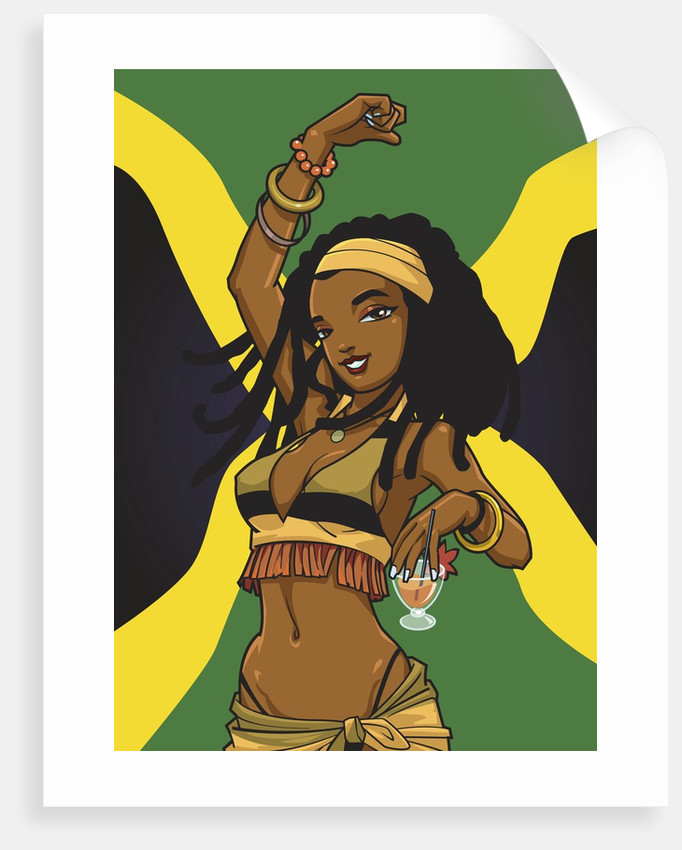 It has for that purpose been restructured in order to sell more on the international market. Dancehall is one of the larges industries in Jamaica.
It has for that purpose been restructured in order to sell more on the international market. Dancehall is one of the larges industries in Jamaica.
Dancehall has informed several other Dancestyles, predates Hip Hop culture, and has enjoyed several rounds of mainstreaming and crossover since the 1960s. The movements that inform Dancehall come predominantly from Jamaican traditional dance retentions. Reggae however is in itself also a fusion of these styles although not allowing for the same rhythmical diversity as Dancehall has. Dancehall springing out of Reggae and still being considered as a reggae sub-genre always adhers to the Reggae “feel” or “pulse”. This predominantly drawing from Kumina, nyabinghi (Rastafari), and Maroon roots. The 16 rhythmic genres of dance that Dancehall predominantly draws upon are the following:
- Maroon (African/Koromanti)
- *Myal (healing dance/related to yanvalou)
- *Kumina (African)
- Revival (African/Gospel)
- Rastafari (african)
- *Junkanoo (african)
- Hosay (muslim…Hussein)
- *Bruckings (African)
- *Burru (African)
- *Dinki Mini (African)
- *Ettu (African)
- *Gerreh (African)
- *Gumbay (African)
- *Quadrille (European/African)
- *Tambu (African)
- *Zella (African)
The majority of these are considered to be religious dances, and have evolved considerably over the years.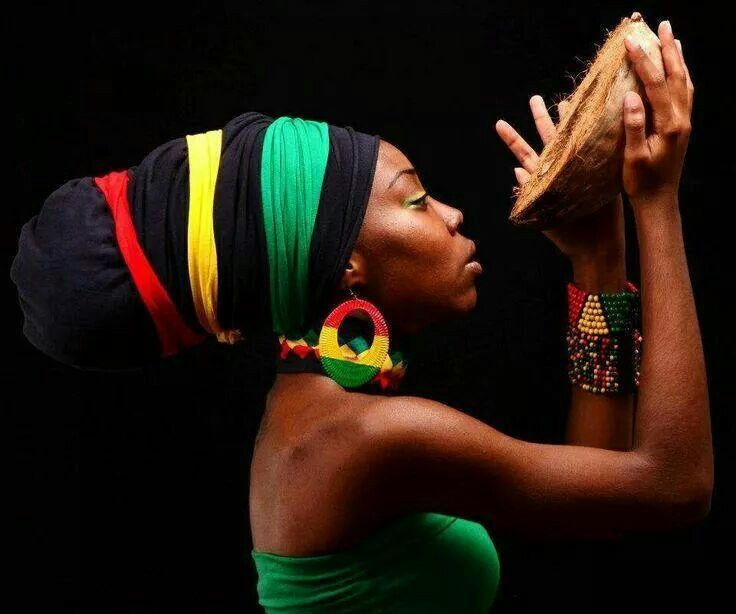 One of the few to not be associated with faith, the Junkanoo dances, still exist today in their original style. As well as the characters of the Junkanoo is very much what has informed the different styles of Dancehall.
One of the few to not be associated with faith, the Junkanoo dances, still exist today in their original style. As well as the characters of the Junkanoo is very much what has informed the different styles of Dancehall.
*Note on dance creation: Each of these styles are genres and have many variations, characters etc. It is a huge dictionary of vocabulary to choose from, ranging from highly symbolic, social, and or daily activity things. Rhythms from these styles are widely sampled in the Dancehall Rhythms and which moves go with the rhythms are usually dictated by which genres it is sampling. Below follows a short description of each dance. Notice how we have included which area of Jamaica it is from. Usually dancers will draw from dances with a strong connection to their area, as well will producers and Djs. Gully vs Gaza and other fractions also have a clear distinction in sources of inspiration and or retentions, and this is how dancehall identity and culture has been built, cross promoting these dividers.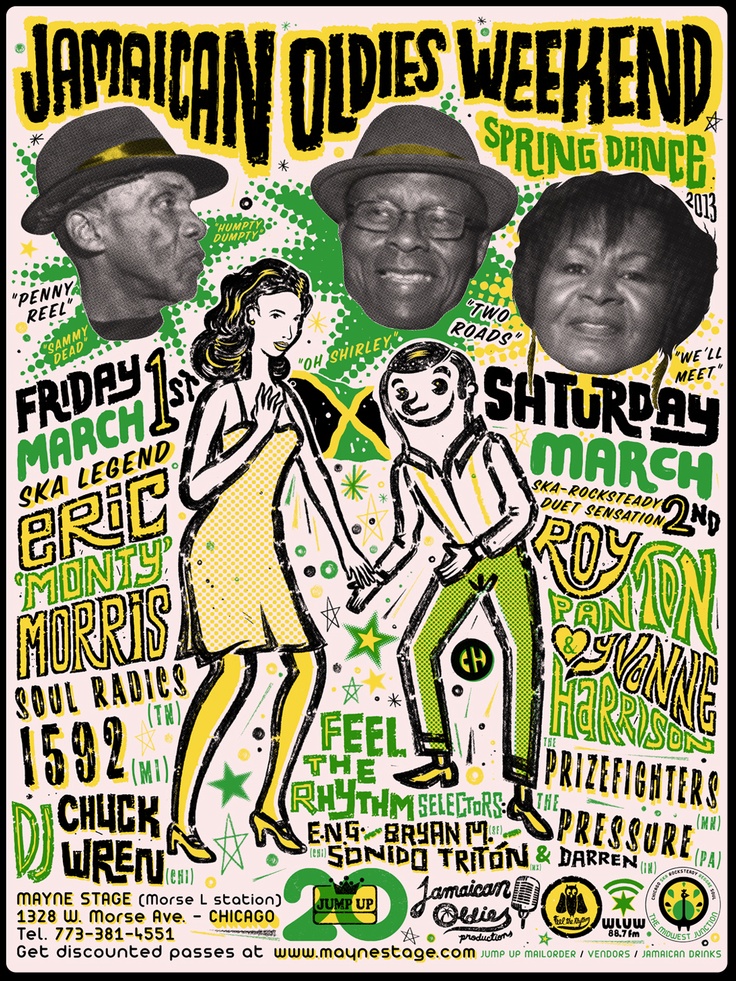
BRUCKINS
Bruckins, as a member of the creolised group of traditional dances, reveals a unique mixture of African and European influences. The Bruckins party is a stately, dipping-gliding dance typified by the “thrust and recovery” action of the hip and leg. It was performed in the past mainly to celebrate the anniversary of Emancipation from slavery on the 1st of August, 1838.
BURRU
This particular form of dance is a fertility masquerade found in Lionel Town and Hayes (Clarendon). It has familiar features to the Jonkunnu. The dance shows strong fertility elements as evidenced in the deliberate rotating action of the hip while bending through the knees accompanied by breaks of intermittent small jumps.
DINKI-MINI
Dinki Mini is done on the Eastern end of the island in the parish of St. Mary. It is usually performed after the death of a person until the ninth night. These ‘Nine-Night’ sessions are lively and are held usually to cheer up the bereaved. During the performance the male dancer bends one leg at the knee and makes high leaps on the other foot. Both male and females dance together with very suggestive pelvic movements. An integral aspect of this dance is the use of the instrument called a benta.
During the performance the male dancer bends one leg at the knee and makes high leaps on the other foot. Both male and females dance together with very suggestive pelvic movements. An integral aspect of this dance is the use of the instrument called a benta.
ETTU
The Ettu dance is performed in the parish of Hanover and is a social dance from Africa. It is believed that Ettu is a corruption of the word Edo, the name of a West African Yoruba Tribe. The dance involves the lifting, and dropping of elbows and shoulders, with the feet doing sideways shuffling step. The songs are short and repetitive, built on four notes only and sung in a Yoruban dialect.
GERREH
The Gerreh is a dance of African origin that is performed the night after the death of a person. The dance is very lively and celebratory in nature and geared to cheering the bereaved. It is similar to the Dinki Mini and Zella with more emphasis being placed on the hip movements executed mainly by the female dancers. The instruments used in Gerreh are similar to those used in Dinki Mini with pot covers taking the place of the benta.
The instruments used in Gerreh are similar to those used in Dinki Mini with pot covers taking the place of the benta.
GUMBAY
The Gumbay dance, an element of the healing cult of the same name, was also performed in the parish of St. Elizabeth and is derived from Myal. The dance consists of a series of long steps followed by vibrating sideways body movements and by wheeling turns and sudden stops with pelvic forward tilt. During possession various feats such as back bending, rolling over in somersaults and climbing high coconut trees could be observed. This dance is well known among members of the Maroon population.
*JONKONNU
A strong dance and musical tradition in Jamaica, Jonkonnu has been preserved the most accurately through the years, recognized as the oldest dance style on the island. A fusion of African mime and European folk theater, Jonkonnu always tells a story, and is often cast like a play with each dancer receiving a specific character to portray.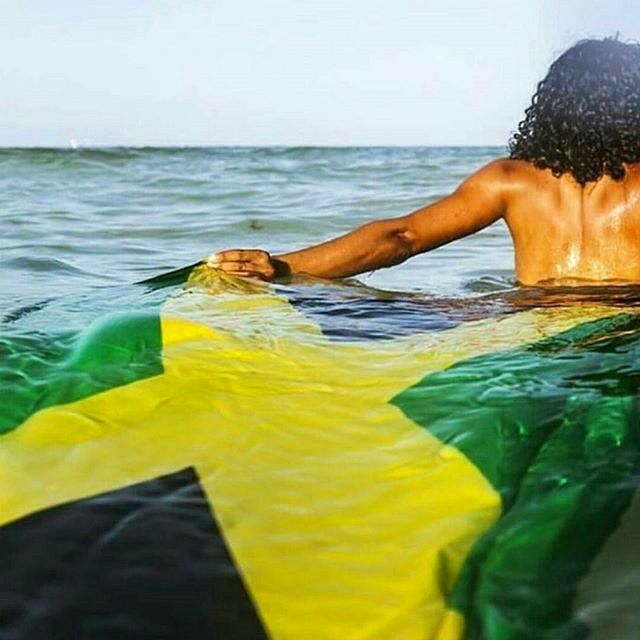 Much of the humor and play, very much used by for example “Les Twins”, involving theatrics, dancers forming together to make bikes, horses and saddle etc etc comes from this form.
Much of the humor and play, very much used by for example “Les Twins”, involving theatrics, dancers forming together to make bikes, horses and saddle etc etc comes from this form.
Traditionally-assigned characters, each with their own choreography, include:
- Pitchy Patchy – a lively character with small and rapid steps. He also moves in circular patterns that take up much of the dance space, and includes basic acrobatics like cartwheels into his movements.
- Devil – though the title sounds ominous, Devil is actually charming and entertaining, with an alternation of small and bouncy steps with long and fluid ones. Combined with turns and jabs with a pitchfork, this character is noted in many Jonkonnu
- Cow Head – low to the ground and sticking to bucking movements, this dancer moves much like an actual cow head.
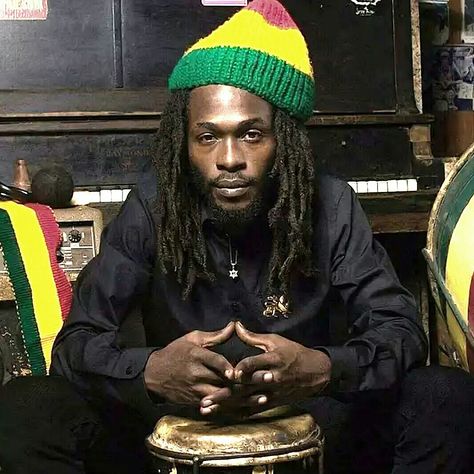
- Belly Woman – performs belly movements in sync with the rhythmic beats of the music
- Set Girls – costumed groups of female dancers who fill out what can be considered the ensemble or chorus line of Jonkonnu
KUMINA
Kumina is a religious group, which originated in Congo, West Africa, and was brought to Jamaica by the free Africans who arrived between the 1840s and 1860s. According to Dr. Olive Lewin in her book “Rock it Come Over”, Kumina expresses the strongest African retention of Jamaican folk culture, and provides powerful clues about the religious and social customs of the African ancestry. It is generally performed in the parish of St. Thomas to celebrate special events such as engagements and weddings. The three most important elements in a Kumina session are dancing, singing and drumming. The drums are believed to be the most important because of the control they have over the spirits.
MYAL
Myal is one of the oldest dances in Jamaica and is associated with a type of religious observance. It was mostly performed in the parish of St. Elizabeth and has been erroneously associated with Obeah. The dance shows a wide range of body movements, extensive use of space and violence of action. These are done by throwing the body on the ground and by acrobatic feats, as well as a vibrating movement brought about by a succession of rapid sideway shifts from foot to foot, on the toes and with knees bent.
QUADRILLE
Quadrille is a coupled (male and female) dance in Jamaica which was danced during slavery. There are three styles – the Ballroom Style, the Camp Style and the Contra Style. The Ballroom Style (or Square) of Quadrille originated from the popular dance of the French and English in the 18th and 19th centuries and highlighted the elegance and mannerisms of the elite of these societies. While the Camp style of Quadrille also known as long way set formation includes African elements and is known as the Afro-Jamaican version of the Ballroom Quadrille. The Contra Style Quadrille is performed only to Mento music from beginning to end.
The Contra Style Quadrille is performed only to Mento music from beginning to end.
TAMBU
The tambu dance takes its name from the drum referred to as “tambu” and is performed mainly for entertainment with couples facing and moving towards each other using the Shay-shay, Saleone and Mabumba sequence. The shay-shay features rotating action of the hips, shuffling along with one foot on the ball.
ZELLA
This folk dance form is rarely heard of but is similar in form and structure to the Dinki Mini as it forms part of the death observances and rituals in Portland. The difference is in the main instruments which is a pair of Kumina drums.
40 Songs for a Reggae Dance Party
Ambient DJs’ music mixologist DJs recently held a reggae music summit in the Princeton area. The purpose of this meeting was to discuss top reggae dance floor fillers and our favorite reggae “riddims.” A “riddim” is a rhythmic pattern or groove that the emcee or vocalist sings over. The name of the riddim tends to be the name of the original song from which it derived. For example, the well-known “Murder She Wrote” by Chaka Demus & Pliers relies on the “Bam Bam” riddim from Pliers’ track “Wat a Bom.”
The name of the riddim tends to be the name of the original song from which it derived. For example, the well-known “Murder She Wrote” by Chaka Demus & Pliers relies on the “Bam Bam” riddim from Pliers’ track “Wat a Bom.”
The list that follows primarily focuses on ‘dancehall’ reggae that features a beat or riddim, making it easy to dance to. Roots reggae is a mellower branch of reggae that has not been highlighted in this blog.
Reggae music is wonderful music, and perhaps the primary inspiration for booking my first trip to Jamaica in 2013! Special thanks to musical contributors to this playlist: DJ Greg Nice, DJ Iron Mike, DJ Spinz, DJ Allday and DJ Gregg Ambient. Play these songs loud with liberal doses of a blaring reggae horn!
Also check out two free, downloadable (or streamable) reggae mixes by DJ Gregg Ambient following the tracklist. One love!
- Twice My Age – Krystal & Shabba Ranks
- Limb by Limb – Cutty Ranks (Fever Pitch riddim)
- Heads High – Mr.
 Vegas (Filthy riddim)
Vegas (Filthy riddim) - Get Busy – Sean Paul (Diwali riddim)
- Murder She Wrote – Chaka Demus & Pliers (Bam Bam riddim)
- Living Dangerously – Barrington Levy (Living Dangerously riddim)
- Action – Terror Fabulous f/Nadia Sutherland (Showtime riddim)
- We Nuh Like – Spragga Benz (Showtime riddim)
- Have a Hot Gal – Shaggy (Showtime riddim)
- Jook Gal (Wine Wine) (Remix) – Elephant Man f/Twista, Young Bloodz & Kiprich (Coolie Dance riddim)
- A Who Seh Me Dun – Cutty Ranks (Bam Bam riddim)
- Here Comes the Hotstepper – Ini Kamoze (Land of 1,000 Dances riddim)
- Bruck it Down – Mr. Vegas (Satta riddim)
- Skip to Ma Luu – Serani f/Ding Dong
- You Don’t Love Me (Trojan Mix) – Dawn Penn (No No No riddim)
- No Games – Serani (Unfinished Business riddim)
- So Special – Mavado (Unfinished Business riddim)
- Ting-a-Ling – Shabba Ranks
- Rich Girl – Louchie Lou
- No Letting Go – Wayne Wonder
- Gal Yuh a Lead – T.
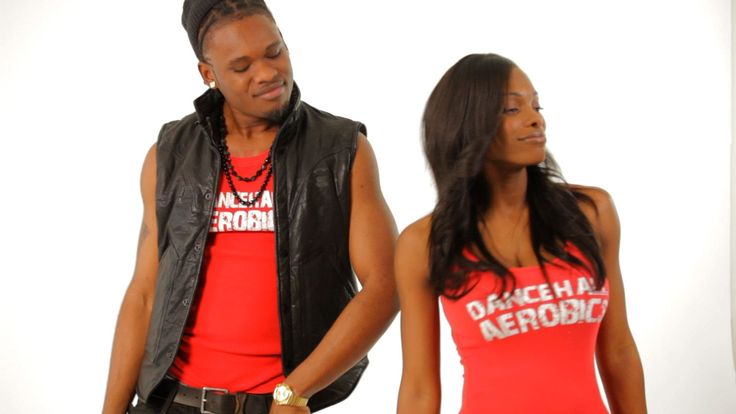 O.K. (Wanted riddim)
O.K. (Wanted riddim) - Anything Goes – C.N.N., Wayne Wonder & Lexxus
- Dat Sexy Body – Sasha
- Romie – Beenie Man
- Pass the Dutchie – Musical Youth
- Flex (Time to Have Sex) – Mad Cobra
- Girls Dem Sugar – Beenie Man f/Mya
- I’m Drinking (Rum & Redbull) – Beenie Man & Fambo
- Like Glue – Sean Paul
- Pon di Floor – Major Lazer
- Dutty Wine – Tony Matterhorn
- Welcome to Jam Rock – Damian “Gong” Marley
- Bad Boyz – Shyne f/Barrington Levy
- Dude (remix) – Beenie Man f/Ms. Thing & Shawnna
- Ganja Smuggling – Eek-a-Mouse
- Black Man Land – Prince Far I
- Turn it Up – RICHIELOOP
- It Wasn’t Me – Shaggy
- Close to You – Maxi Priest
- Could You Be Loved – Bob Marley
Reggae style in dance culture Online publication "Elements of Dance"
Reggae dance is one of the components of the popular reggae movement, which arose in the middle of the 20th century on the basis of Jamaican culture and American rhythm and blues.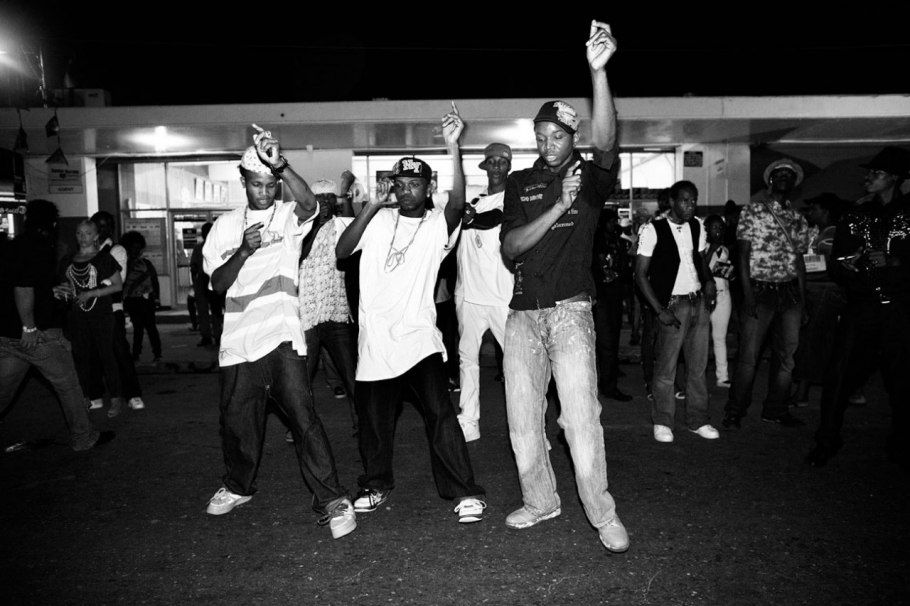 Cheerful, energetic, sunny, this style is relaxed, leisurely and positive.
Cheerful, energetic, sunny, this style is relaxed, leisurely and positive.
With its pacifistic ideas, reggae became one of the most worthy offspring of the 60s, when the planet, which survived two wars, especially needed freedom and love. Culture, which gladly welcomes everyone into its friendly embrace, was to the taste not only of Americans, but also of Europeans, and already in the 70s, having conquered the West, the new style came to the post-Soviet expanses. nine0003
The world fame of reggae music and dance is largely the merit of the singer and composer Bob Marley, whose name is considered almost a household name when it comes to this style.
In our country, reggae existed underground for quite a long time, but, nevertheless, it was reflected in the compositions of such recognized monsters of the national rock scene as "Aquarium", "Cruise", "Dialogue", etc. Today, many young performers of the CIS turn to variations on the theme of reggae, singing in their works the universal brotherhood, the triumph of love, as well as the sea and the sun of a distant island. nine0003
nine0003
The origin of the term "reggae" is associated with the English "regged rhythm" ("ragged rhythm"), as well as with one of the Negro tribes called "regga". This style has common roots with such genres as rocksteady and ska, being formed on their basis and developing in parallel with them.
Despite the seeming lightness, the reggae sound part is a fusion of various musical styles, sometimes having nothing in common with each other, but mixed in a common cauldron of Jamaican traditions. Listening to the radio, Jamaicans supplemented their national melodies with fragments of Western compositions, interpreting their sound in their own way. As a result, the original musical series changed beyond recognition, acquiring the features of the culture of the islanders. nine0003
Still, it's hard to confuse reggae with any other direction: its rhythmic pattern, observed by the guitar and emphasized by the bass parts, as well as the special manner of performance inherent in the vocalists, are original and original.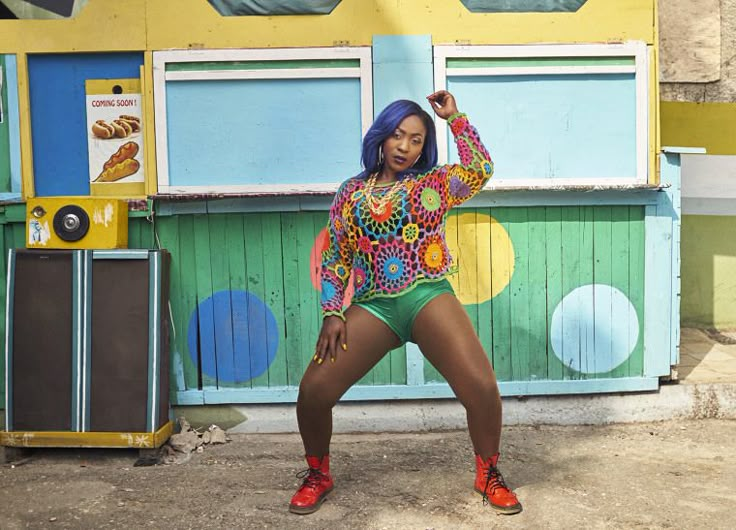 In addition, reggae music is also characterized by such a feature as highlighting weak beats and poor playing of strong ones.
In addition, reggae music is also characterized by such a feature as highlighting weak beats and poor playing of strong ones.
Let's dance reggae
Bright, incendiary, but devoid of complex steps, and therefore accessible, reggae dance suits all positive-minded people, regardless of gender and age. Therefore, they begin to perform it with a light heart and a relaxed body. nine0003
Standing straight and trying to match the rhythm, the dancer sways back and forth. At the same time, his arms are slightly bent at the elbows. Making movements to the beat of the music, the dancer gradually bends his arms more strongly, raises his hands above shoulder level and covers his head with his hands. Then you can extend your arm and make a turn forward, and then repeat the same movements with the other hand.
The reggae dance is characterized by the participation of the whole body, although the movements are very simple. When performing a dance, do not forget to take your head to one side or the other.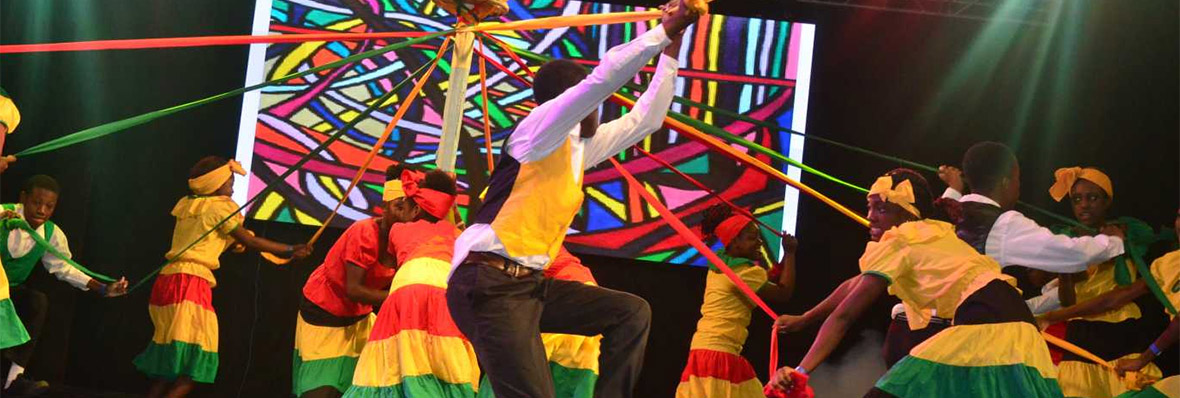 Place one hand at chest level and take a step to the side, stretch your arm up and return to its original position. Again, repeat the movements with the other hand. All elements of this dance are performed emotionally, but slowly, energetically, but relaxed: the performer seems to enjoy his own existence, moving away from life's problems. nine0003
Place one hand at chest level and take a step to the side, stretch your arm up and return to its original position. Again, repeat the movements with the other hand. All elements of this dance are performed emotionally, but slowly, energetically, but relaxed: the performer seems to enjoy his own existence, moving away from life's problems. nine0003
Reggae is part of religion
According to the beliefs of Jamaicans, who are known to be from Africa, the Promised Land is Ethiopia, and all the characters in the Bible had black skin. The reggae style as part of the Rastafarian religion often includes its elements: a combination of red, yellow and green colors, specific hairstyles, clothes, jewelry. Texts accompanied by a reggae dance may have a religious connotation. nine0003
However, the themes of rastafarian songs can be divided into two groups. Acute social texts, which tell about the unjust system imposed by the so-called Babylon (Western countries in the understanding of Rastafarianism), about the path to the Promised Land and that the people of Jamaica will rise from their knees and say their word, are interspersed with songs about the good god Jah, love and the sun. At the same time, the cheerful sunny side of reggae is inherent in the work, as a rule, of Western performers.
At the same time, the cheerful sunny side of reggae is inherent in the work, as a rule, of Western performers.
As an essential attribute of Rastaman culture, and also apart from Rastafarianism, nowadays reggae dance is successful in most countries of America and Europe, and new styles and directions are already being formed on its basis. Altogether, the reggae tradition has spawned about fifteen different sub-styles, among which are dub, dancehall, raga and the now popular roots reggae. nine0003
Reggae with its romance and philosophy of freedom still appeals to many today.
Dancehall: hello from Jamaica! | Useful articles and tips from the 🕺dance studio - Under Stand (Anderstend)💃 in Voronezh.
Dancehall and dancehall music originated in the 1970s when traditional Jamaican reggae began to merge with the fast beats of electronic music. The direction originated on the outskirts of the Jamaican capital of Kingston, among street dancers who, due to social reasons, could not get to dance competitions in the city center. nine0003
nine0003
By the middle of the 80s, rastaman notes had finally sunk into oblivion. The dance became even more lively, dynamic, hot. In the early 2000s, dancehall began to spread rapidly throughout the world.
Traditions
Dancehall combines elements of dozens, if not hundreds of social dances that flared up in different parts of Jamaica and then faded away, giving the best elements to more mass trends. Dancehall made its first steps in small clubs, where dancers after hard working days tried to improvise to Jamaican rhythms. Today, the dance is traditionally performed to the recitative that accompanies the sound of electronic musical instruments. nine0003
The technical side of the dance is incredibly difficult to describe: it is easier to see once than to read hundreds of textbooks a hundred times. In appearance, it resembles a mixture of jazz and hip-hop, which is complemented by the plasticity characteristic of dark-skinned dancers. These are jerky movements, and shaking, and legs wide apart.
There is still debate about whether dancehall can be considered a legacy of reggae. Many artists speak out against this vulgar dance, which is far removed from the gentle movements of Jamaican ethnic styles. Jamaican poet and rap artist Mutabaruka summed up the difference this way: “If at the beginning of 19In the 70s reggae was red, green and gold, then a few years later it was replaced by dancehall gold chains.
People
The controversy continues, but dancehall is growing steadily, gaining the interest of pop stars: Selena Gomez, Jennifer Lopez, Rihanna and other artists are increasingly using dancehall in their work. But first of all, the dancehall gathers under its banner and makes it known to the whole world:
YellowMan, Bogle, Barrington Levy, who are considered "watchmen", at 90-2000s: Vybz Kartel, Elephant Man, Beenie Man, and Jiff di Bossman is a famous contemporary figure.
We note separately that the Jamaican dancer Bogle (aka King of Dancehall) is one of the popularizers of dance at the dawn of its history.
